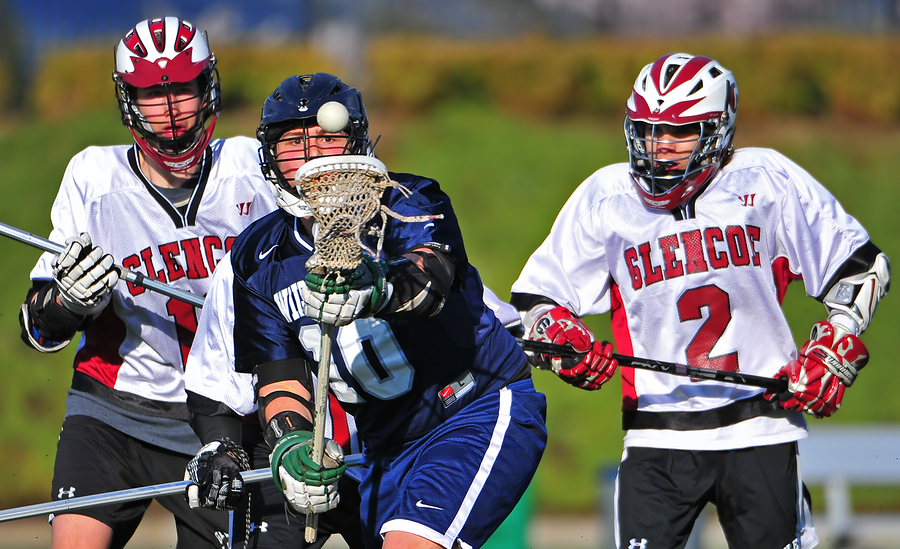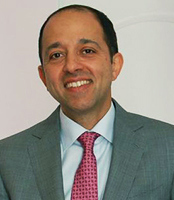 Sports-related maxillofacial trauma is prevalent in the United States. Common injuries include teeth being knocked out, facial bone fractures and dislocations of the jaw. Repair and restoration after injury occurs is extremely important, but the prevention of mishaps should be paramount. Ongoing research and engineering has driven the successful creation and availability of protective facial devices worn while recovering from an injury and even before an injury occurs. The American Association of Oral and Maxillofacial Surgeons (AAOMS) has generated a list of sport-specific guidelines found at the end of this post.
Sports-related maxillofacial trauma is prevalent in the United States. Common injuries include teeth being knocked out, facial bone fractures and dislocations of the jaw. Repair and restoration after injury occurs is extremely important, but the prevention of mishaps should be paramount. Ongoing research and engineering has driven the successful creation and availability of protective facial devices worn while recovering from an injury and even before an injury occurs. The American Association of Oral and Maxillofacial Surgeons (AAOMS) has generated a list of sport-specific guidelines found at the end of this post.
Data shows that before the use of football helmets with facemasks became standard operating procedure around 1960, 50% of football injuries involved the facial or dental regions. With the use of helmets the rate has dropped to less than 2%. Similar results have been observed in ice hockey. Helmets alone protect the head but do little to guard against injury to the vulnerable middle and lower facial area. Cyclers and skiers fare better when donning gear that includes an extension to amp up protection of the lower face including the jaw and mouth.
When protective eyewear is worn, sport-related eye injuries are nearly non-existent. Eyewear should be constructed from lightweight, shatterproof polycarbonate and should not interfere with direct or peripheral vision.
To protect the nose and mid-face, a custom-made plastic face shield is prescribed. One patented device contains a shatterproof outer shell with a lining that absorbs and dissipates the energy from a blow. Such a mask is often seen on NBA basketball players recovering from an injury.
No matter how high-tech a product, it can’t protect an athlete who isn’t wearing it. Education is key. Coaches and trainers must tout the importance of protective equipment. Parents should insist on the use of appropriate protective devices to ensure the safety of child athletes.
AAOMS sport-specific guidelines for the prevention of facial trauma:
Football: Helmets with face guards and mouth guards should be worn at all times. Face guards should be made of carbon steel wire so they can’t be bent back.
Baseball: The catcher should always wear a mask and batters should always wear batting helmets.
Wrestling: Wrestlers need to wear headgear with a chin cup that can steady the jaw. In addition, mouth guards should always be worn.
Soccer: Mouth guards are highly recommended for all soccer players.
Skiing and Snowboarding: Many skiers and snowboarders have started wearing helmets that can protect the facial area and prevent traumatic brain injuries.
Horseback Riding: Helmets and mouth guards are recommended for riders traveling cross country or performing any tricks while riding.
Lacrosse: Helmets with wire cage facemasks are an absolute must in this sport where balls can easily fly at 60 to 70mph.
 Kayvon Haghighi, DDS, MD, FACS is licensed to practice both medicine and dentistry in the state of New Jersey. Dr. Haghighi’s unique combination of surgical training and experience in facial reconstruction enables him to analyze your condition from multiple points of view.
Kayvon Haghighi, DDS, MD, FACS is licensed to practice both medicine and dentistry in the state of New Jersey. Dr. Haghighi’s unique combination of surgical training and experience in facial reconstruction enables him to analyze your condition from multiple points of view.
